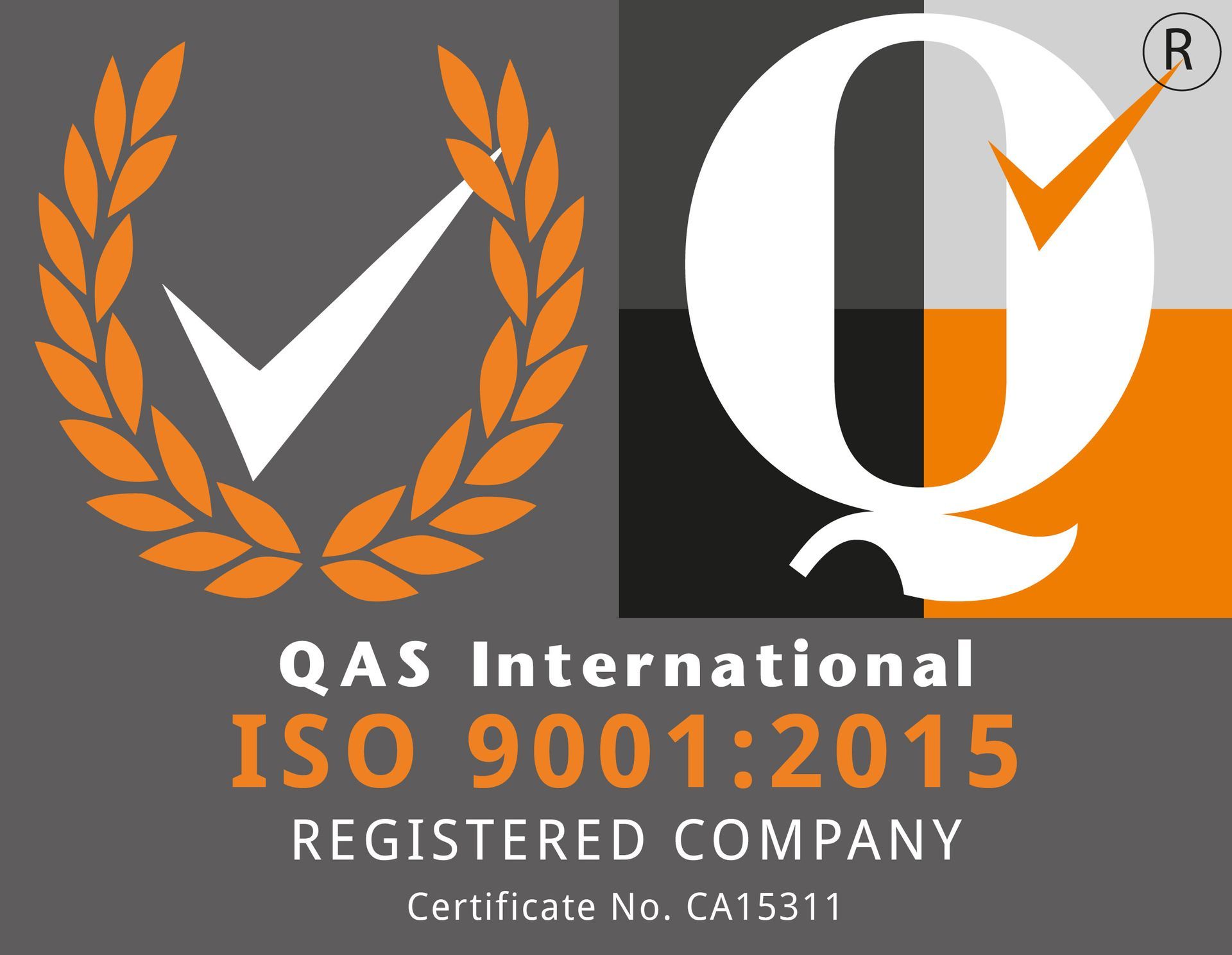Is it more expensive to redevelop your Legacy Applications, versus deploying them in Secure Containers?
In the fast-paced world of technology, businesses often find themselves faced with the challenge of managing legacy applications that run on outdated operating systems, lack security measures, or struggle with compatibility issues on modern platforms. As organisations strive to keep pace with evolving technological requirements, they are confronted with the question of whether to redevelop these applications from scratch or explore alternative approaches such as containerisation.
Redeveloping legacy applications can be a time-consuming and expensive endeavour, requiring substantial resources, skilled developers, and a thorough understanding of the application's intricacies.
When considering the costs associated with redeveloping a basic application, several factors come into play. While the exact costs can vary depending on the complexity of the application, the technology stack involved, and the development approach, the following are some typical cost considerations:
- Development Resources:
- The primary cost factor in redeveloping an application is the development team's time and expertise. This includes the cost of hiring or contracting developers, designers, and other necessary professionals. The cost will depend on factors such as hourly rates, project duration, and the number of team members involved.
- Project Planning and Analysis:
- Before redevelopment begins, there is a need for comprehensive project planning and analysis. This involves evaluating the existing application, understanding the desired features and functionalities, identifying any gaps or shortcomings, and creating a detailed roadmap for redevelopment. The costs associated with this stage include project management, requirements gathering, and feasibility studies.
- Development and Testing:
- The actual redevelopment process involves writing new code, creating a user interface, integrating with databases or APIs, and implementing new features. The cost will depend on the size and complexity of the application, as well as the technologies and frameworks used. Additionally, thorough testing is essential to ensure the application works as intended, which may involve dedicated testing resources and tools.
- Infrastructure and Deployment:
- Redesigned applications may require updated infrastructure, such as servers, databases, or cloud services, depending on the deployment strategy. The cost includes provisioning and managing infrastructure resources, including hosting and ongoing maintenance expenses.
- User Experience Design:
- If the application requires an improved user experience or a modernised user interface, costs associated with user experience (UX) design and user interface (UI) development need to be considered. This includes wireframing, prototyping, graphic design, and ensuring the application is visually appealing, intuitive, and user-friendly.
- Data Migration and Integration:
- If the redeveloped application needs to migrate existing data from the legacy system or integrate with other systems or APIs, additional costs may arise. This includes data mapping, data cleansing, data validation, and ensuring smooth data transitions.
- Training and Documentation:
- Once the application is redeveloped, there may be costs associated with training end-users, creating documentation, and providing ongoing support to ensure a smooth transition and effective usage of the application.
It is important to note that the costs mentioned above are indicative and can vary significantly depending on the specific requirements, project complexity, and market rates. It is advisable to consult with experienced software development professionals or agencies to get a more accurate cost estimate tailored to your specific application redevelopment needs.
The Case for Application Containerisation of Legacy Applications
However, an alternative solution has emerged in the form of containerisation. Containerisation allows businesses to encapsulate legacy applications within a self-contained environment, offering numerous benefits without the need for extensive redevelopment.
This article delves into the debate surrounding containerisation versus redevelopment of legacy applications. We will explore the advantages and considerations of each approach, helping organisations make informed decisions when confronted with the challenge of modernising their application landscape.
By examining the implications of containerisation and redevelopment, we aim to provide insights into the benefits, trade-offs, and potential outcomes associated with each option. We will discuss factors such as compatibility, functionality, cost, security, compliance, and user experience to help organisations navigate the complexities of legacy application management.
Whether you are grappling with outdated applications that lack security measures, struggle with compatibility on modern platforms, or are seeking cost-effective solutions for application modernisation, understanding the merits of containerisation versus redevelopment is crucial.
Join us as we delve into the containerisation versus redevelopment debate, equipping you with the knowledge to make informed decisions and find the most effective path towards modernising your legacy applications while maximising value and minimising disruption.
The cost of redeveloping legacy applications versus deploying them in containers depends on various factors such as the complexity of the application, the level of security vulnerabilities, and the resources available to the organisation. Here are some considerations to help you make an informed decision:
- Application Complexity:
- The complexity of the legacy application plays a significant role in determining the cost and feasibility of redevelopment. Highly complex applications with intricate dependencies may require significant time, effort, and resources to redevelop. In such cases, containerising the application might be a more practical approach as it allows for isolating and securing the application without the need for extensive redevelopment.
- Security Vulnerabilities:
- If the legacy application has critical security vulnerabilities that cannot be easily patched or addressed through other means, redeveloping the application may be the more secure option. By rebuilding the application with modern security practices and frameworks, you can ensure that security flaws are eliminated from the core. However, if containerisation can effectively isolate and secure the application without introducing additional risks, it can be a viable alternative.
- Operating System Compatibility:
- Legacy applications often run on outdated operating systems that may no longer receive security updates or support. In such cases, redeveloping the application on a modern platform ensures compatibility with current and secure operating systems. However, if containerisation allows the application to run on a supported and secure environment while minimising the need for extensive redevelopment, it can be a cost-effective solution.
- Resource Availability:
- Consider the availability of resources, including skilled developers and the budget allocated for redevelopment. Undertaking a complete redevelopment of a legacy application can be a time-consuming and costly process. If the necessary resources are not readily available or the budget is limited, containerisation can offer a more efficient and cost-effective solution, enabling the application to be deployed securely within a containerised environment.
- Compliance Requirements:
- Assess the compliance requirements that the legacy application must adhere to. If redevelopment is necessary to ensure compliance with regulations or industry standards, it may be the preferred option. Containerisation can also contribute to compliance efforts by providing a controlled and auditable environment.
The decision between redeveloping legacy applications or deploying them in containers depends on the specific circumstances of your organisation. Assess the complexity, security vulnerabilities, operating system compatibility, resource availability, and compliance requirements to determine the most suitable approach. A thorough evaluation of the costs, benefits, and risks associated with each option will help guide your decision-making process.
Reasons to Containerise Legacy Applications Instead of Redeveloping:
- Compatibility and Device Flexibility:
- Containerising legacy applications allows them to run independently of the device's underlying operating system and chipset. This means you can run the applications on various platforms such as Windows, Mac, or Linux, without the need for redevelopment. It provides the flexibility to choose the device that best suits your needs, regardless of whether the application natively supports that platform.
- Preserving Application Functionality:
- Containerization ensures that all the features and functionality of the legacy applications are preserved. Users can access and utilise the applications just as they would on any other device, enabling a seamless transition without compromising on the application's capabilities. Printing, saving documents, and using network or cloud-based storage solutions remain intact, providing a consistent user experience.
- Time and Cost Savings:
- Redeveloping legacy applications from scratch can be a time-consuming and expensive endeavor. Containerisation offers a more efficient and cost-effective alternative. By encapsulating the application within a container, you can leverage the existing application codebase and eliminate the need for extensive redevelopment. This approach reduces both development time and associated costs.
- Security and Compliance:
- Containerisation provides a layer of isolation and security for legacy applications. By running the applications within a containerised environment, you can mitigate security risks and ensure a controlled execution environment. Additionally, if compliance requirements are a concern, containerisation can help meet those requirements by providing a controlled and auditable runtime environment.
- Offline and Online Availability:
- Containerised legacy applications can be delivered to devices and run either online or offline. This feature enables users to access and use the applications even in disconnected or low-connectivity scenarios. By offering offline availability, containerisation enhances productivity and accessibility, particularly in environments where internet connectivity may be limited or unreliable.
- Seamless User Experience:
- Containerised applications offer a familiar and consistent user experience. Since the applications remain unchanged, users can continue working with the same interfaces, workflows, and features they are accustomed to. This eliminates the need for extensive user training or adaptation to new systems, ensuring a smooth transition and minimal disruption.
Introducing Droplet Computing
Droplet Computing, which is a software-based container solution that works by taking your applications and installing them inside a containerised environment. In turn, this containerized environment is delivered to your device, Windows, Mac, or Linux based. Once delivered the container has the ability run either online or offline, delivering a semi-connected solution.
As your applications run securely within the Droplet Computing Container, this enables the container to run independently of the device’s underlying operating system, and even its chipset, allowing you the freedom of device choice. Even if the device doesn’t run that application natively. More importantly, the device itself is not modified in any way, and neither are the applications that you choose to run. The applications are the same applications that you would use on any other device. For example, you could run the full Windows version of Microsoft Visio on an Mac.
As the applications are those that you are already familiar with, then all the features and functionality you would expect are present and correct. You can print as well as save documents as you would normally, either locally, connected to a network, or even using cloud-based storage and synchronisation solutions.
Droplet Computing enables you to run your applications, on your device of choice, either online or offline, delivering true application freedom.
Containerising legacy applications using solutions like Droplet Computing offers numerous advantages over redeveloping from scratch. By providing compatibility across multiple platforms, preserving application functionality, offering time and cost savings, ensuring security and compliance, providing offline and online availability, and delivering a seamless user experience, containerisation offers a practical and efficient approach to modernising legacy applications. It allows organisations to leverage their existing codebase, maximize application lifespan, and meet user demands while minimising disruption and resource investment.



